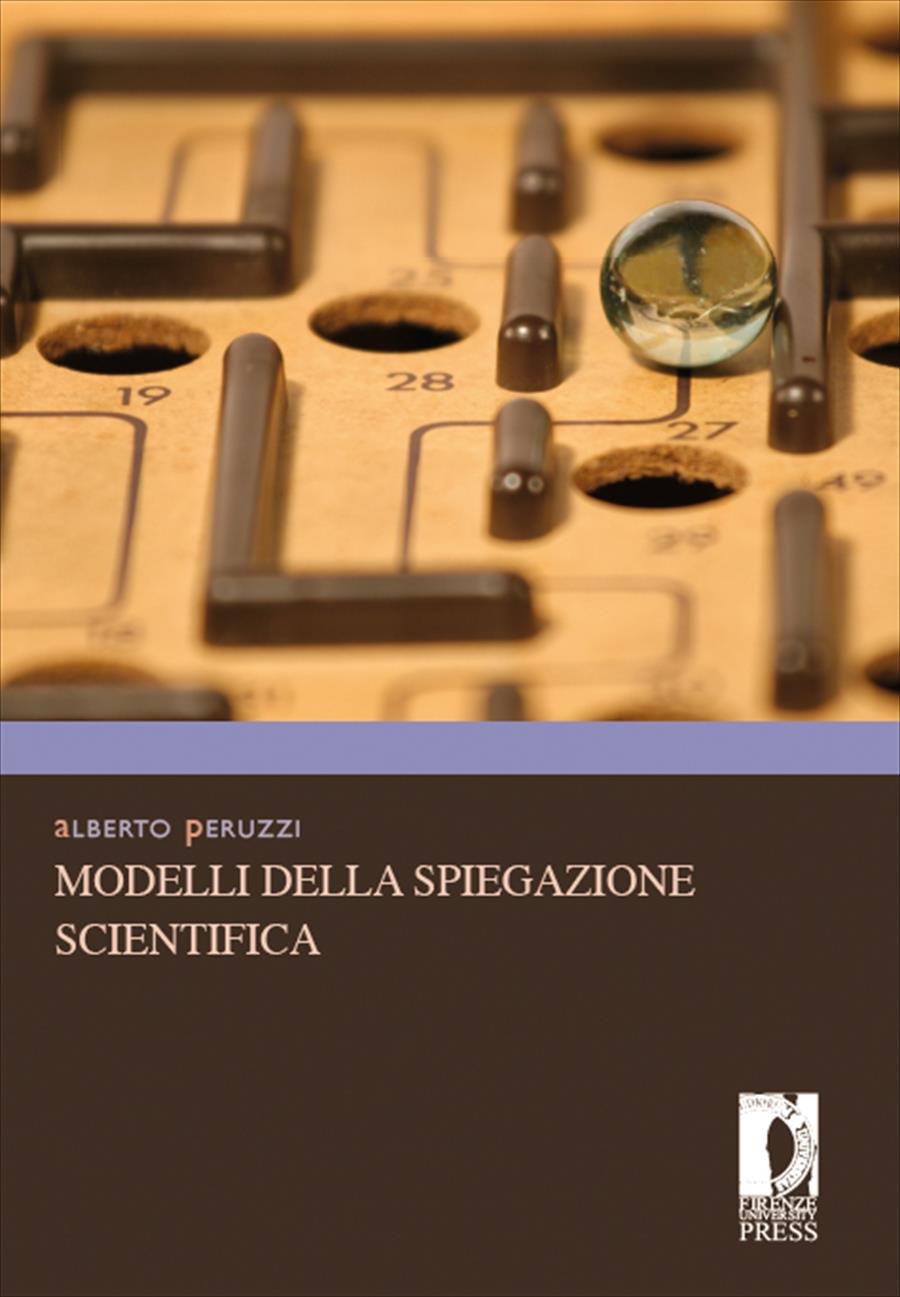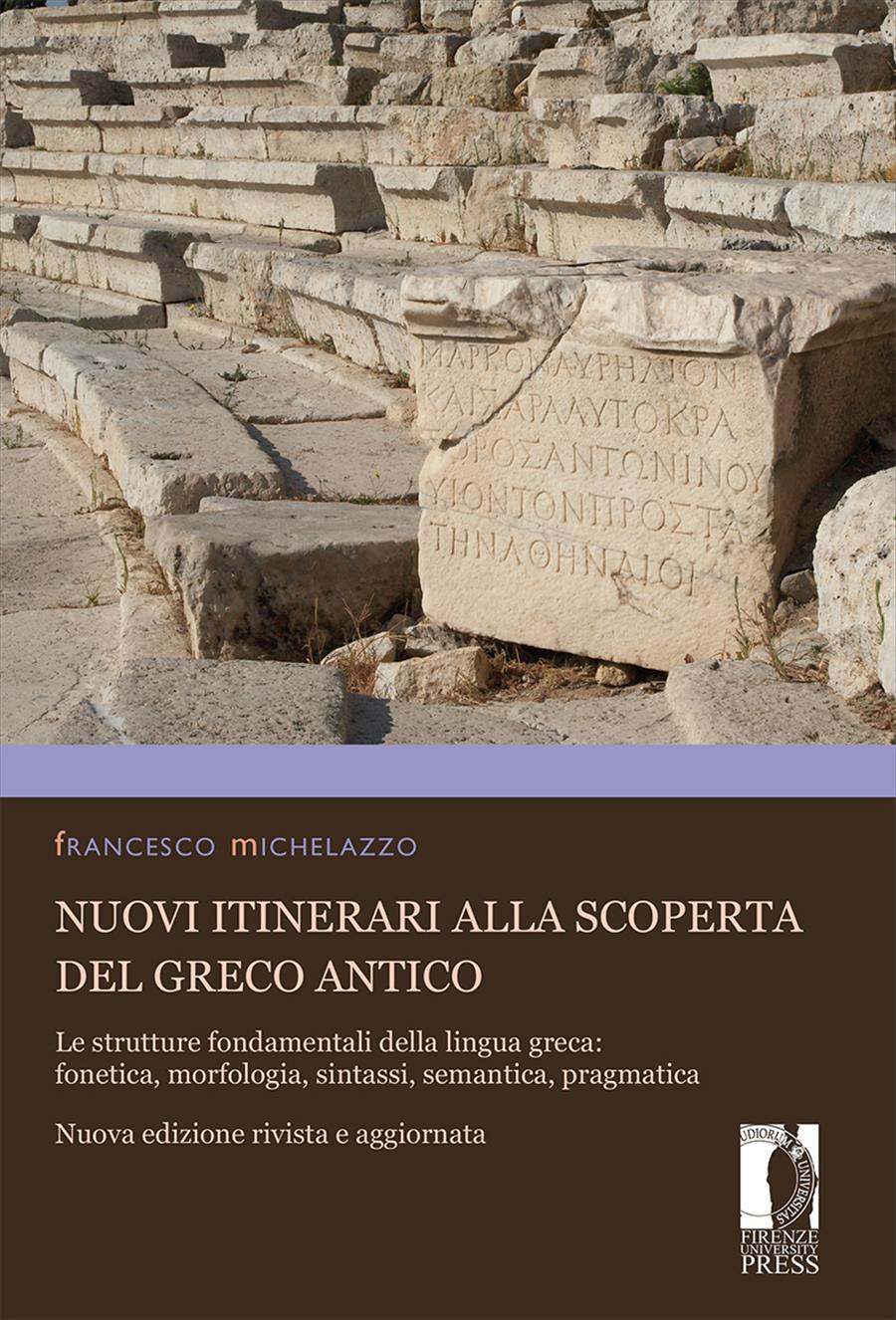Modelli della spiegazione scientifica
- Alberto Peruzzi,
What is the structure of a scientific explanation? How many types of explanation are there? Does science really offer explanations? From the traditional model, according to which "explaining" means "finding causes" we have moved on to the deductive-nomological model (D-N), introduced by Hempel and Oppenheim in 1948, according to which the explanation is a logical inference drawn from specific laws and conditions, without any reference to causes. The D-N model was then integrated by statistical-inductive explanations, but the objections made to Salmon's model over recent decades have stimulated proposals for alternatives, including the pragmatic and the "unificationist" models, through to the retrieval of the notion of cause by Salmon himself. This book analyses the epistemological problems relating to the explanation, arriving at the retrieval of the link between explanation and truth that the twentieth century sought to eliminate.
- Keywords:
- Logica,
- Filosofia della Scienza,
- Epistemologia,
- Modello nomologico-deduttivo,
- DOI: 10.36253/978-88-6453-002-4
- Series: Manuali – Umanistica
- Scientific Board: Consiglio Editoriale FUP 2007-2010
- Language: Italian
- Subjects: Philosophy Logic
Purchase
University of Florence, Italy - ORCID: 0000-0003-0134-5281
- Publication Year: 2009
- Pages: 246
- eISBN: 978-88-6453-002-4
- Content License: CC BY-NC-ND 3.0 IT
- © 2009 Author(s)
- Publication Year: 2009
- Pages: 246
- ISBN: 978-88-6453-000-0
- Content License: CC BY-NC-ND 3.0 IT
- © 2009 Author(s)
- Publication Year: 2009
- eISBN: 978-88-9273-758-7
- Content License: CC BY-NC-ND 3.0 IT
- © 2009 Author(s)
Bibliographic Information
Book Title
Modelli della spiegazione scientifica
Authors
Alberto Peruzzi
Peer Reviewed
Number of Pages
246
Publication Year
2009
Copyright Information
© 2009 Author(s)
Content License
Metadata License
Publisher Name
Firenze University Press
DOI
10.36253/978-88-6453-002-4
ISBN Print
978-88-6453-000-0
eISBN (pdf)
978-88-6453-002-4
eISBN (xml)
978-88-9273-758-7
Series Title
Manuali – Umanistica
Series ISSN
2704-5943
Series E-ISSN
2704-5862






